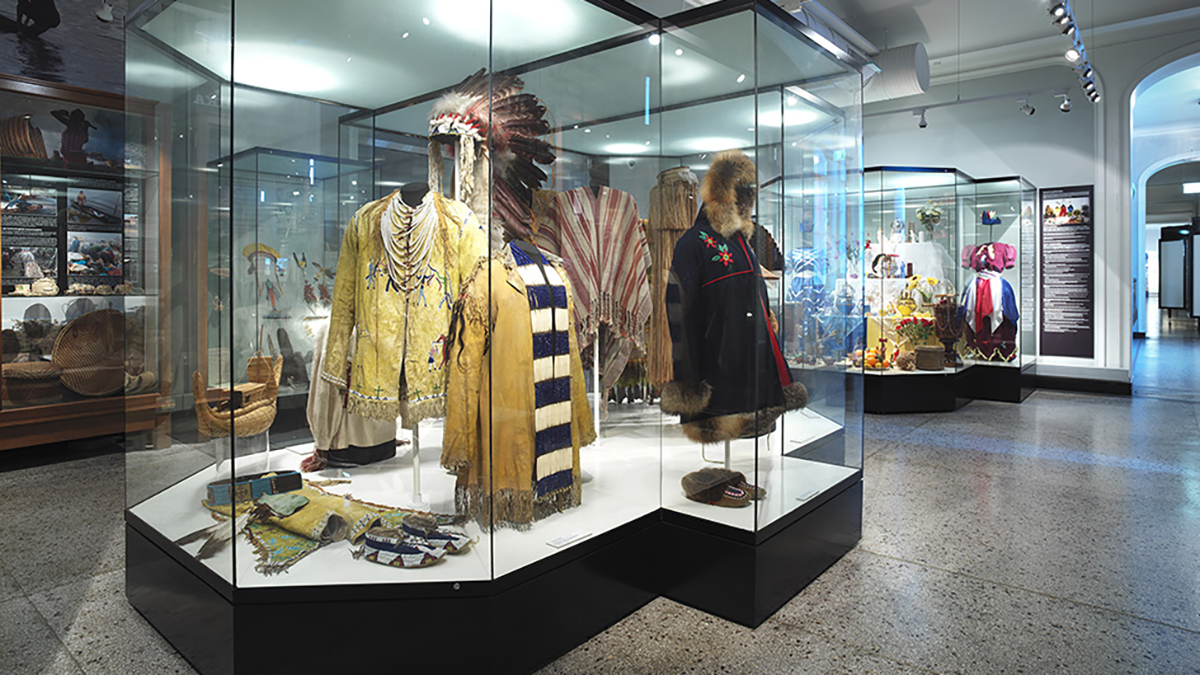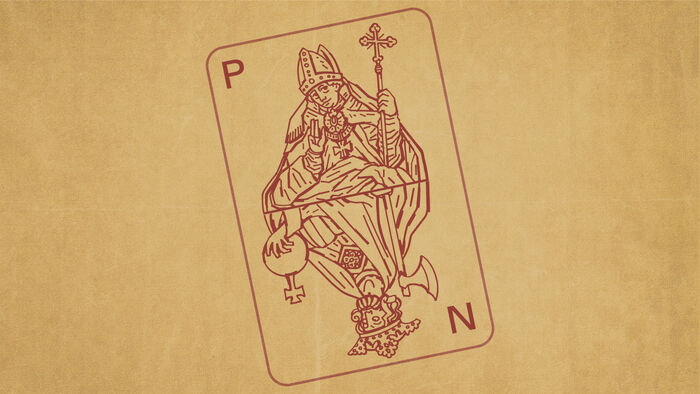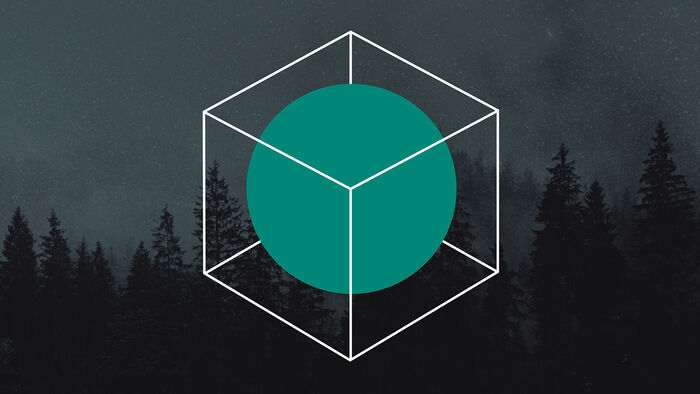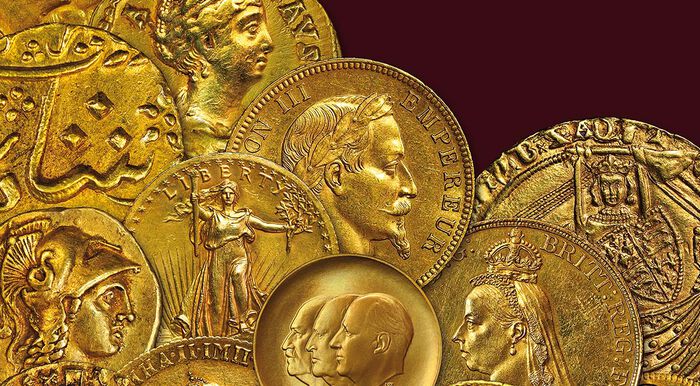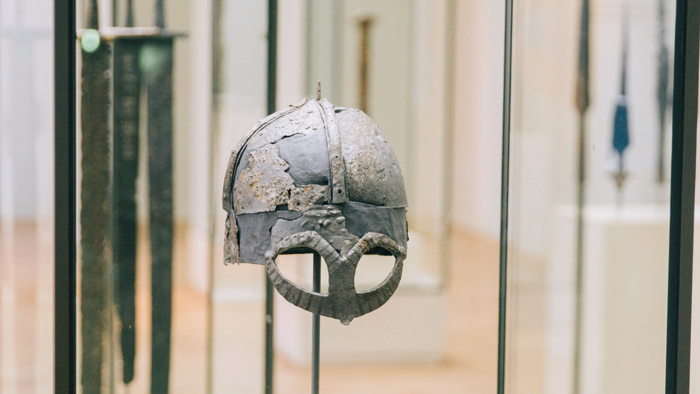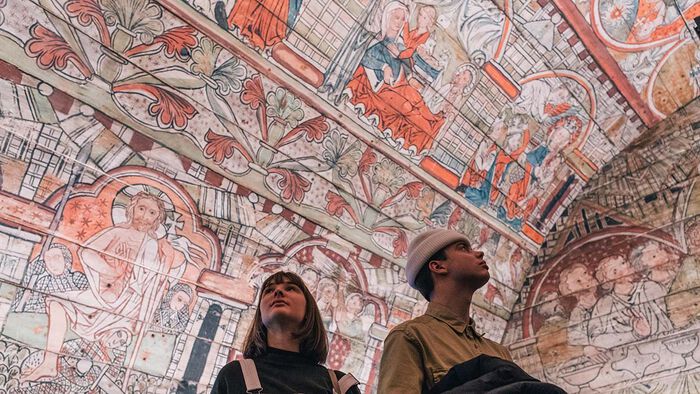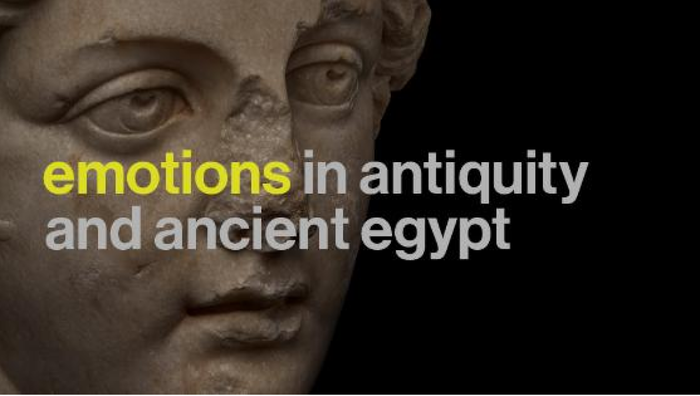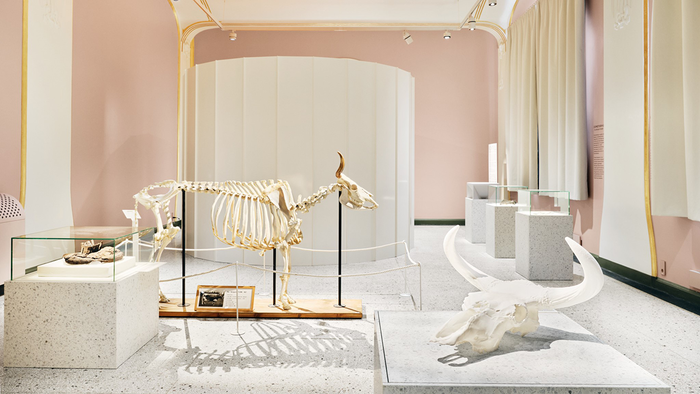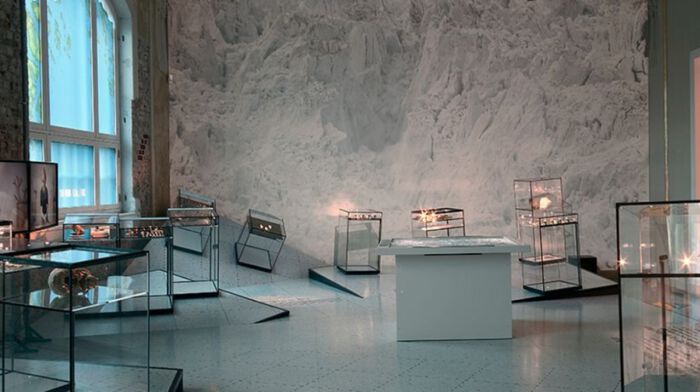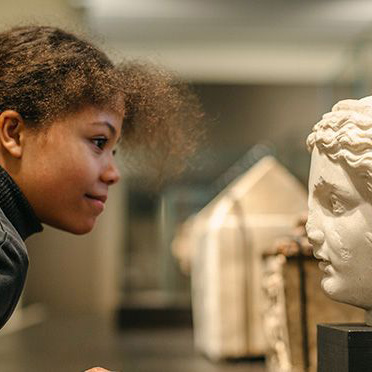Closed 5 March 2023
Identity is the attitude to, or ideas of one’s own role in the world and relationship to the past, present and future. Identity is part of the self-image of individuals and groups.
Although many of the artefacts are old, they are not dead or stagnant historical documents
Artefacts live when they inspire new ideas and take on new meanings. Artefacts can be symbols of social life during periods of major and minor changes. Masks, ceramics, baskets, woven blankets and silver jewellery, which were originally made for personal use, eventually become sought after items of art and handicrafts.
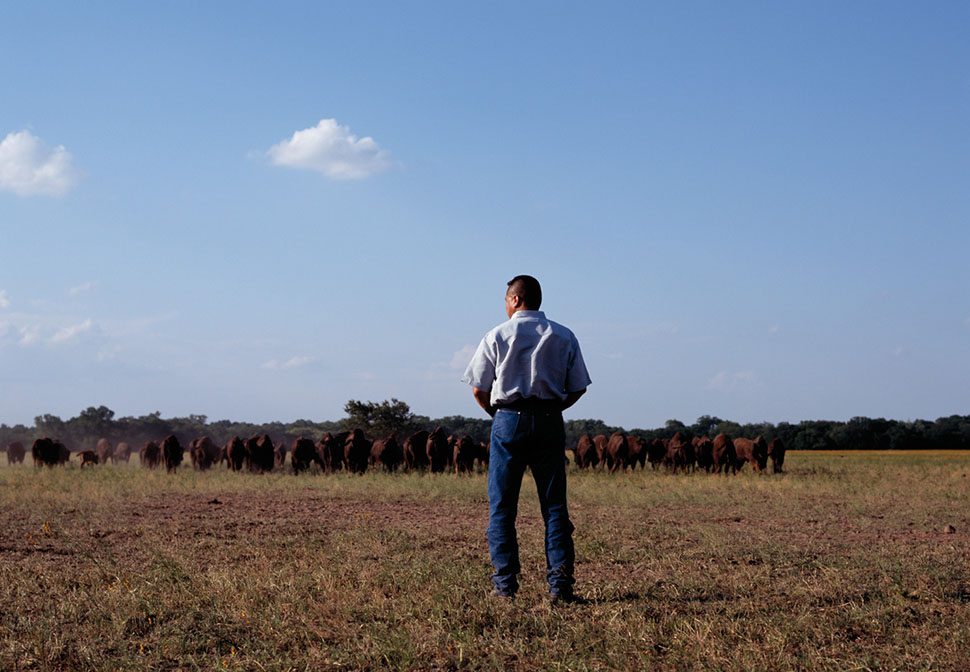
Photo: Marthe Thorshaug
Many artefacts and the rituals, celebrations and other uses that gave them significance are living traditions of present-day groups. Therefore, the artefacts and ceremonies are central in the management of identity and self-esteem.
Diversity is America’s most important heritage. America’s composite populations are the result of migration and prolonged social change. America is composed of regional, national and local societies that hold differing attitudes.
In America, indigenous peoples were marginalised as a result of European conquest, settlement and development of states. Many people died from diseases that Europeans brought with them.
Loss of territory, forced relocation and slave labour were common throughout America and the Caribbean. The Europeans’ forced relocation of indigenous peoples was a way to deprive them of land and important natural resources. The land was their basis of existence and nature provided materials for clothing, food, houses and objects of daily use. In order to survive dramatic changes, populations had to adapt to new conditions.
Throughout America, authorities tried to change indigenous peoples, to assimilate them, to make them more like people with European backgrounds. Through education and religion, along with other propositions and prohibitions, the authorities tried to change the values of indigenous peoples. They were pressured into becoming Christian and to abandon their ancient beliefs. The authorities prohibited some activities that were important to indigenous peoples’ way of life.
Today, many indigenous peoples consider assimilation as a threat to their right to govern their own cultural and economic development, and even as an abuse of human rights. Today, awareness of forced relocation, assimilation and suppression of identity as indigenous peoples are central regarding their self-images. For many groups, cultural survival is an important requirement in campaigns for autonomy, human rights, environmental protection and political participation.
In many local communities, indigenous peoples have demanded equality regarding their language, values and local practices. Local values are strengthened through teaching local history and traditional knowledge about the environment. An important measure against assimilation is to organise politically and demand cultural education, teaching adapted to local languages and other schemes.
Environmental awareness and indigenous ways of life are closely connected. Local ways of living are often based on knowledge about nature and access to land and local resources. We see examples of threats to local ways of life in the deforestation taking place in the Amazon, the development of dams where Pomo tribes live in the State of California, and in Colombia, where environmental disasters have led to the relocation of entire groups of indigenous peoples.
Today, local resources and making traditional objects have become important sources of income for many groups, as well as strengthening humans’ relationship to the past.
Several groups have bought back old or new territories. Managing one’s own local resources and protecting these common values are central to many groups’ efforts in building their identity. Many indigenous peoples fight to strengthen their values by focusing on living traditions, the environment and political organisation. Through cultural education, museums and cultural centres, they preserve their local history and traditions for future generations.
The map shows the geographical location of the indigenous groups represented in the exhibition.
Through this exhibition, we shed light on some relevant living traditions
Living traditions can be activities, values, and objects that people preserve in order to strengthen the link between their present, their past and their identity.
Present-day ways of life can also inspire future living traditions and new ideas, if they become relevant symbols of humans’ relationship to their present, their past and their identity.
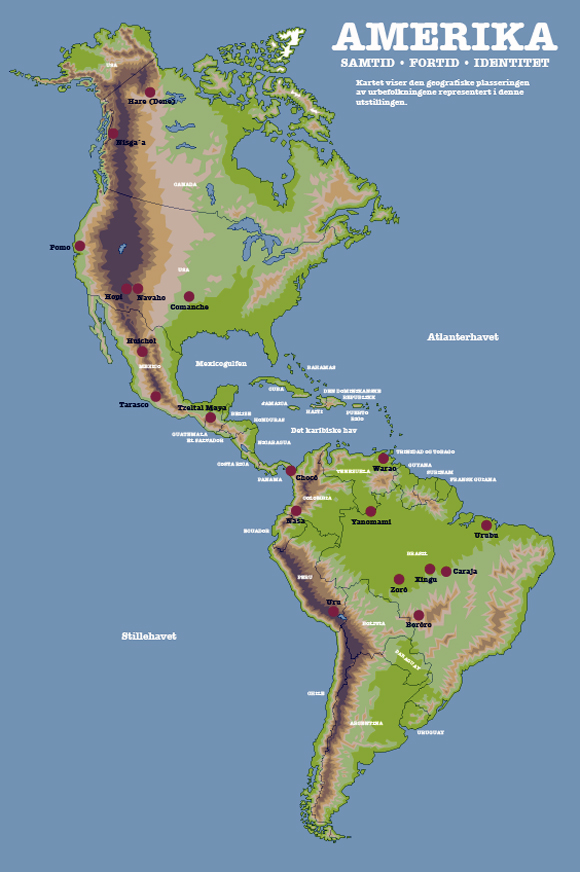
The map shows the geographical location of the groups represented in the exhibition.
In North America, the Nisga’a people, the Hare people, the Pomo, Comanche, Hopi and Navaho tribes are all examples of indigenous peoples focusing on autonomy and living traditions.
In Central America, the Huichol, Tztetzal Maya and the celebration of the day of the dead in Mexico are examples of the focus on continuity and living traditions.
In the Caribbean, there is a focus on innovation and living traditions with examples from Cuba, among others.
In South America, there is a focus on the environment, survival and living traditions in the Amazon, the tropical plains and the Andes Mountains, with examples from the Nasa people in Colombia, the Warao in Venezuela and several groups living in the Xingu National Park.
Columbus Day: Birthday or day of death?
For many, Columbus’ journey to America is not an occasion to be celebrated, it is an event that is associated with grief. For many, the arrival of Europeans is strongly linked to the suppression of American indigenous peoples, the conquest of the continent, the triangle trade and African slaves in America.
Explore virtually
See the exhibition in 360 degrees
